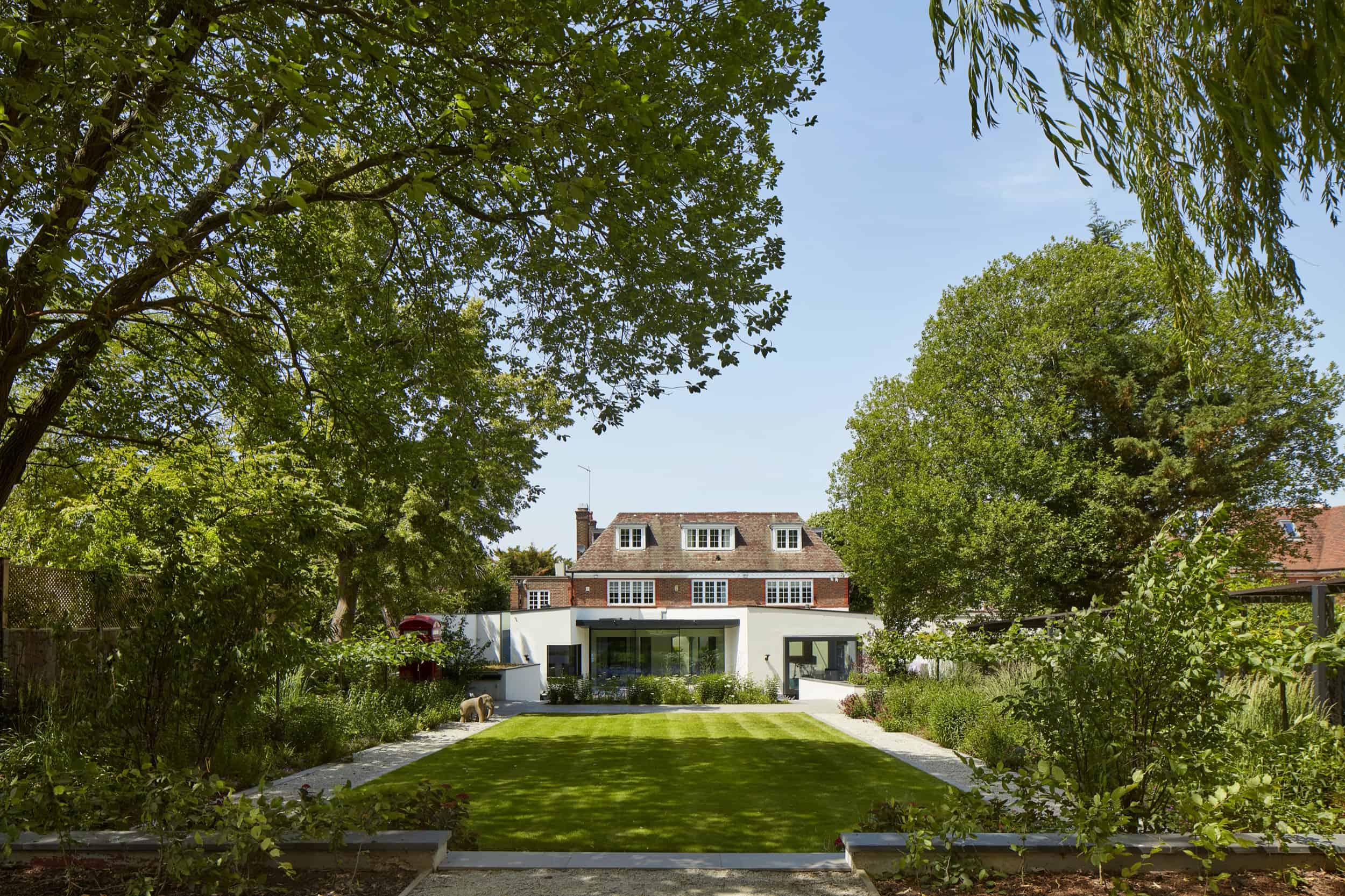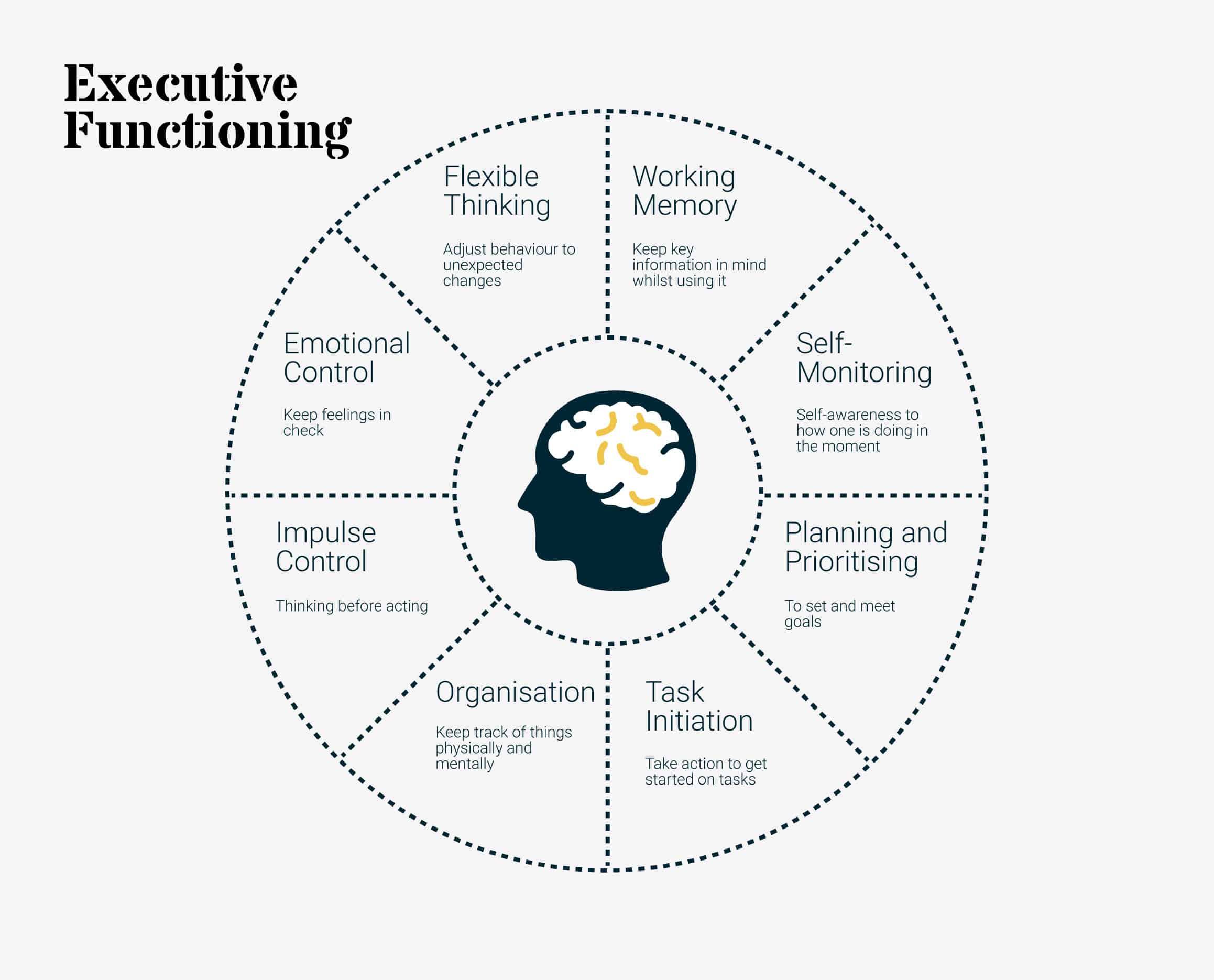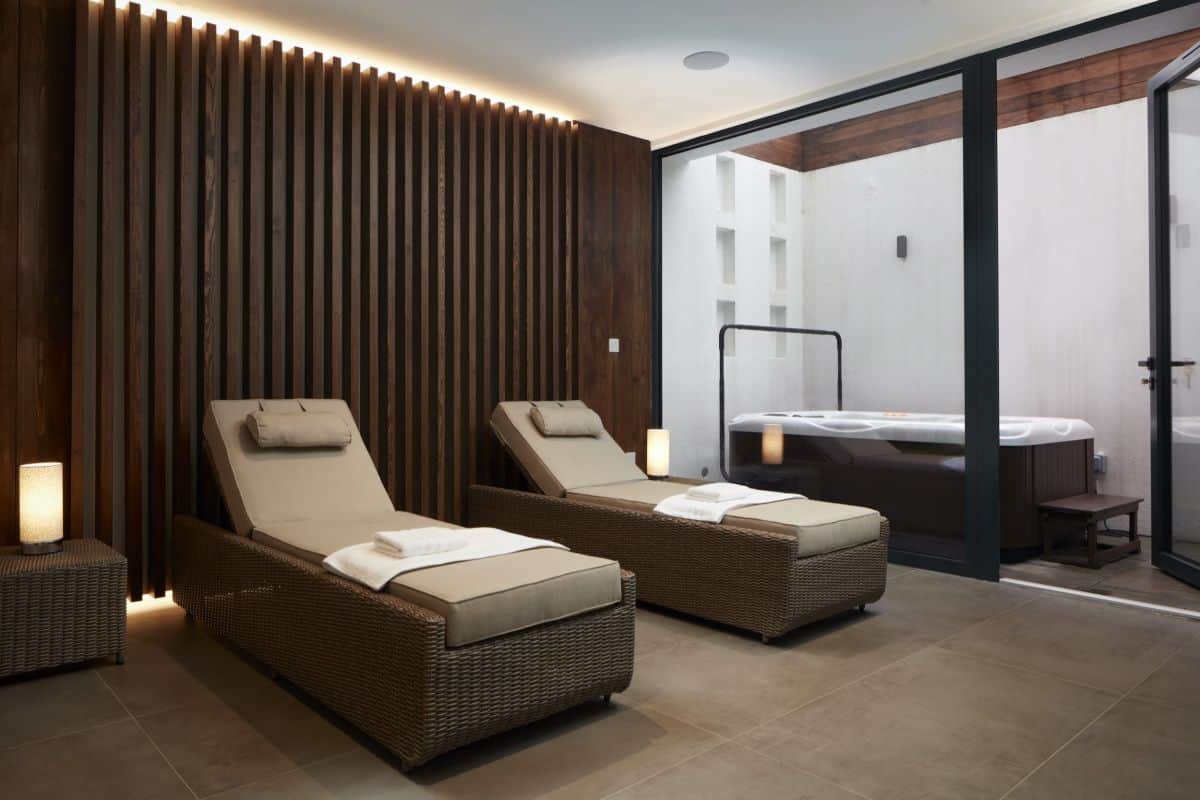How can acoustic design help neurodiverse families?

We can define acoustic design, also known as sound design or sound engineering, as the practice of planning and creating soundscapes in various environments. For us, it usually involves managing noise levels, sound quality and the spatial distribution of sound to create a comfortable acoustic environment. We recognise that in recent years acoustic design has become more and more important, and we want to create inclusive and supportive environments for neurodiverse families.
Neurodiversity respects the idea that everyone experiences and interacts with the world and their surroundings in a unique way. People that are neurodivergent – such as those seen with autism spectrum disorder (ASD), attention-deficit/hyperactivity disorder (ADHD) and other conditions – may have a different way of thinking, learning and perceiving their environment than a neurotypical person. These deviations from the norm aren’t viewed as a fault or disorder to be cured, but rather as a natural variation in the brain’s workings. When designing spaces for neurodiverse families we particularly need to take note of the ways that they experience sensory stimulation in the environment and how they prefer to communicate and interact. This might mean creating calm spaces or carefully controlling noise levels.
Acoustic design can play a central role in creating supportive environments for neurodiverse families by minimising sensory overload, reducing stress levels and improving communication. Here are some ways in which we think acoustic design can help:
- Minimising Sensory Overload: We know that for many people with neurological differences, sensory overload can be a significant challenge. Loud and unpredictable noises can cause anxiety and stress, making it harder to focus and communicate effectively. Acoustic design can help to minimise sensory stimulation by controlling noise levels, creating sound barriers and using sound-absorbing materials. We can help someone feel instantly more comfortable and less overwhelmed simply by creating a quiet and more predictable environment.
- Reducing Stress Levels: Excess noise can often add to a neurodivergent person’s already heightened levels of stress and anxiety. Acoustic design can help to reduce worry and tension by creating a calm and soothing environment. This can be achieved by using natural sounds such as flowing water, bird songs or soft music. We can also use sound masking, which involves adding low-level background noise to a space, to create a more relaxing atmosphere that reduces the perception of sudden and disruptive sounds.
- Improving Communication: Neurodivergent individuals tend to find it more challenging to express themselves and effective communication often depends on the sound quality in a space. Acoustic design can help to improve sound quality by minimising reverberation, echo and distortion, which can make it difficult to hear and understand speech. By using sound-absorbing materials such as curtains, carpets and acoustic panels, we can reduce reverberation and improve sound quality, making it easier for everyone to communicate and listen effectively.
- Creating Social Spaces: Social interaction naturally varies from person to person but for some it can be a daunting prospect. Acoustic design can play a key role in fostering supportive social spaces for all. By creating a comfortable and welcoming environment, acoustic design can help to not just nurture but promote social interaction and communication. This can be achieved by using warm and inviting colours, comfortable furniture and soft lighting. The use of acoustics can also help create a greater sense of privacy and personal space by using sound barriers and acoustic panels.
- Enhancing Learning Environments: We also understand how difficult it can be for neurodiverse individuals to focus and let go of any distractions. Acoustic design can help to enhance learning environments by creating a quiet and focused atmosphere. We can use specialist materials in soft furnishings and wall finishes, such as cork, felt and foam, to control noise levels and sound quality in a space. This helps equip everyone with the opportunity to learn and succeed.
We believe every client has a story to tell and is deserving of a light-filled, uplifting space that supports their way of living. Through acoustic design and by listening to a client’s needs, minimising sensory overload and attempting to reduce stress levels, we can help tailor make spaces for neurodiverse families and individuals. We believe this creates design solutions that benefit everyone.









